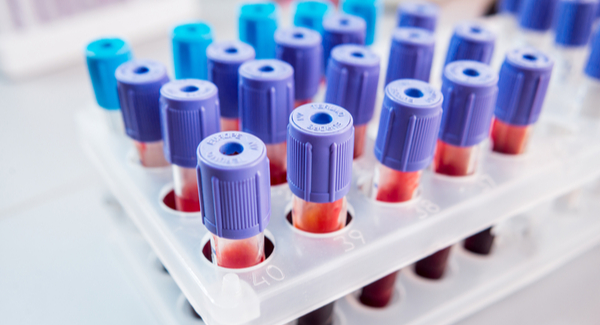Testing for Fibromyalgia
Learn how doctors use examinations and tests to diagnose this body-wide pain condition.
By Mary Anne Dunkin | June 27, 2022
A fibromyalgia diagnosis is based primarily on symptoms, medical history and a physical exam, although some lab tests may be used to rule out other conditions.
Common symptoms of fibromyalgia include:
- Widespread pain and stiffness
- Fatigue and tiredness that isn’t helped by sleep
- Anxiety and/or depression
- Difficulty thinking, concentrating and remembering
- Headaches, including migraines
As your doctor gets your medical history and does a physical exam, they will check for or ask you about
- Symptom severity and how they impact your life. This may involve asking you to complete self-surveys.
- Symptom Severity Scale (SSS). The questionnaire consists of 11 questions with multiple-choice responses.
- Widespread Pain Index and Symptom Severity Scale (WPI). This survey includes questions about the severity of fatigue, memory difficulties, tiredness, headache, abdominal pain and depression.
- Pain persistence. A fibromyalgia diagnosis depends in part on whether symptoms have been present and consistent for at least three months.
- The location of your pain. Fibromyalgia is a condition of generalized pain, meaning it affects at least four of five regions, including the left upper, right upper, left lower, right lower or low back.
- The presence of tender points. Your doctor will test 18 specific points on the body, which occur in symmetrical pairs near certain joints, for pain or tenderness when pressure is applied to them. If some are painful, then fibromyalgia might be diagnosed.
Lab Tests
There are no lab tests that can diagnose fibromyalgia. However, because many other conditions have symptoms similar to those or fibromyalgia, your doctor may order tests to rule out other causes of your symptoms. However, a positive result on any of these tests doesn’t necessarily mean you don’t have fibromyalgia; it often occurs along with many inflammatory conditions, such as rheumatoid arthritis or lupus that can cause a positive test.
- Thyroid hormone tests. These tests determine how well your thyroid is working by measuring the levels of hormones made by your thyroid gland.. Low thyroid hormones are a common cause of symptoms similar to those of fibromyalgia: muscle aches, fatigue, weakness and problems with concentration and memory.
- Antinuclear antibody (ANA) test. Antinuclear antibodies (ANA) are a type of autoantibody, a protein that attacks your body’s own tissues. The presence of ANAs can indicate an autoimmune condition. Fibromyalgia itself is not an autoimmune condition or associated with a positive ANA.
- C-reactive protein (CRP). The CRP test measures levels of CRP, a protein produced by the liver that signals inflammation. High CRP levels are common in rheumatoid arthritis and other inflammatory forms of arthritis.
- Erythrocyte sedimentation rate (ESR or sed rate). The ESR can gauge how much inflammation is present by measuring how quickly red blood cells (erythrocytes) separate from other cells in the blood and collect as sediment (sed) in the bottom of a test tube. A high sed rate would suggest that a condition other than or in addition to fibromyalgia is the cause of the symptoms.
- An anti-CCP antibody test (also called an ACCP test or CCP-test). A test for a type of autoantibody called cyclic citrullinated peptide (CCP) antibodies, which are also indicative of a rheumatoid arthritis diagnosis.
- Celiac serology. This is a blood test to check for antibodies to gluten, which are indicative of celiac disease. A condition in which the body mounts an immune reaction to gluten – a protein found in wheat, barley and rye – celiac disease has some symptoms similar to those of fibromyalgia.
Imaging Tests
Although imaging tests of the brain or musculoskeletal system may be used in fibromyalgia research, imaging tests are not used to diagnose fibromyalgia.
Monitoring
There are no lab or imaging tests to monitor fibromyalgia. Symptoms primarily are used to gauge severity and guide treatment.
Stay in the Know. Live in the Yes.
Get involved with the arthritis community. Tell us a little about yourself and, based on your interests, you’ll receive emails packed with the latest information and resources to live your best life and connect with others.



